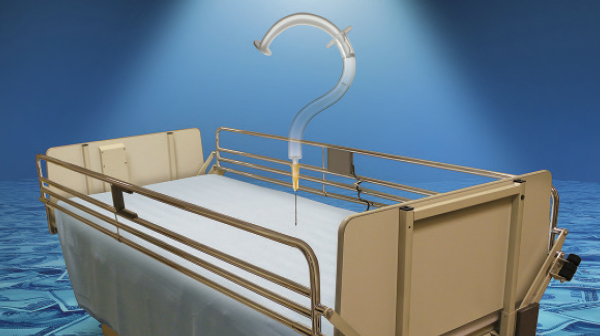
In the January 2015 ACEP Now article “True Cost of Stopping Overdoses,” Paul Kivela, MD, MBA, PhD, discussed several issues related to naloxone administration and sustainability of naloxone programs.1 Many of his concerns are the focus of existing and emerging policies and research. His piece highlighted how important it is for emergency physicians to be familiar with the literature and practice regarding prehospital naloxone use.
Explore This Issue
ACEP Now: Vol 34 – No 04 – April 2015Naloxone has been used for more than 40 years and distributed through community-based programs since 1996. Many emergency physicians have worked with first responders to expand naloxone access. Recognizing the lifesaving potential of increased naloxone access, ACEP approved two related resolutions in 2014: to train and equip first responders with naloxone and to expand pharmacy-based naloxone provision and education. This year, ACEP will develop a clinical policy on emergency physicians’ prescribing naloxone.2 As we move forward in supporting expanded naloxone use, it is critically important for us to have a nuanced understanding of the existing literature.
Few Dangers With Prehospital Administration
Emergency medical services (EMS) providers are very experienced and familiar with naloxone administration and side effects. Research on EMS prehospital naloxone use has shown that serious complications, including violence and needle sticks, are rare.3 The most common side effect is precipitated opioid withdrawal, which is not life-threatening and is less likely with lower doses and intranasal administration.4,5
We agree with Dr. Kivela’s recommendation of needleless naloxone delivery and intranasal naloxone, which are already being used in many areas. Until intranasal atomizers and intramuscular auto-injectors become widely available and affordable, however, EMS and other first responders should feel safe (when using appropriate universal precautions) using intramuscular formulations.
Medication Stability
We appreciate Dr. Kivela’s point that, like many other pharmaceuticals, naloxone should be stored at room temperature and shielded from light until use. Studies have demonstrated naloxone’s stability. In one study, naloxone hydrochloride was cycled daily for 28 days through extreme temperatures (2°F–129°F). Samples retained 90 percent of their original concentration, a small degradation similar to that of nitroglycerin.6 Recommended storage is no different from other medications commonly used in the prehospital setting, such as the EpiPen, which has similar temperature and humidity recommendations.7,8 Quality-control checks of first responders’ equipment should include verifying expiration dates of naloxone, just as with any other transported medication.
Risks and Liabilities
After an overdose, most people are brought to the ED for evaluation and treatment. Refusal of treatment is a common concern faced by EMS providers and emergency physicians, and there is no clear consensus on how to manage these situations. The prehospital literature examining mortality among patients refusing transport after naloxone administration has shown no evidence of increased mortality and low incidence of ongoing respiratory depression.9–11 In these studies, patients who needed further monitoring were immediately identifiable. Patients with overdoses of multiple substances, or long-acting opioid formulations, will certainly need continued hospital monitoring. For now, patients who refuse transport or opt to leave the ED must do so against medical advice.
Pages: 1 2 3 4 | Single Page




2 Responses to “Opinion: Prehospital Naloxone Administration Is Safe”
April 22, 2015
Kerry BroderickThis is a wonderful piece. Full of helpful references for us ‘Naloxone Nerds’.
We have a ‘Naloxone for Life’ program at Denver Health and it is an integrated program and includes; internal medicine, pharmacy, emergency medicine and behavioral health.
Thanks for your information and encouragement
Kerryann Broderick, BSN, MD
May 12, 2015
E. J. Read, Jr., MD, FACEPAccording to the Package Insert, the naloxone contained in EVZIO was specifically developed for community environments (that have greater variation in temperatures) to sustain bioavailability.